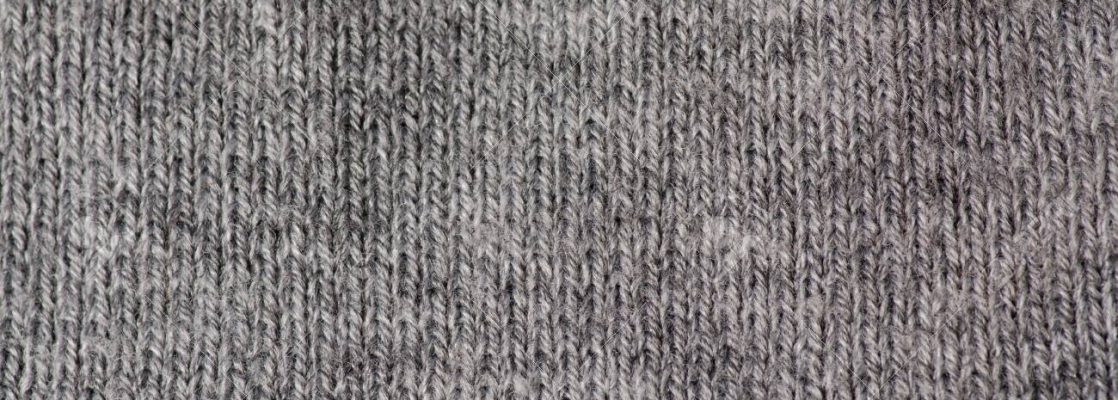
Textiles play a crucial role in our everyday lives, from the clothes we wear to the furnishings in our homes. Understanding the different types of textiles is essential for anyone interested in fashion, interior design, or textile engineering. In this article, we will delve into the world of textiles and explore the four main types that dominate the industry.
- Natural Fibers:
Natural fibers are derived from plants, animals, or minerals and have been used for centuries to create textiles. Examples of natural fibers include cotton, wool, silk, and linen. Cotton is known for its softness and breathability, making it a popular choice for clothing. Wool, sourced from sheep, is prized for its warmth and durability. Silk, a luxurious fiber produced by silkworms, is renowned for its lustrous appearance. Linen, made from the flax plant, is valued for its strength and coolness. - Synthetic Fibers:
Synthetic fibers are man-made materials created through chemical processes. Common synthetic fibers include polyester, nylon, acrylic, and spandex. Polyester is a versatile fiber known for its wrinkle resistance and durability, making it a popular choice for activewear and home furnishings. Nylon, originally developed as a substitute for silk, is strong and elastic, ideal for hosiery and sportswear. Acrylic mimics the softness of wool and is often used in blankets and knitwear. Spandex, known for its stretchiness, is commonly found in athletic wear and undergarments. - Blended Fabrics:
Blended fabrics are created by combining natural and synthetic fibers to enhance the properties of the final textile. Common blends include cotton-polyester, wool-acrylic, and silk-rayon. Blending fibers allows manufacturers to create fabrics that are both comfortable and durable. For example, a cotton-polyester blend combines the breathability of cotton with the wrinkle resistance of polyester, resulting in a fabric that is easy to care for and comfortable to wear. - Specialty Fabrics:
Specialty fabrics encompass a wide range of unique textiles that serve specific purposes or possess distinctive characteristics. Examples of specialty fabrics include denim, velvet, and organza. Denim, a durable cotton twill fabric, is commonly used in jeans and casual wear. Velvet, a luxurious fabric with a soft pile, is often associated with evening wear and upholstery. Organza, a sheer and lightweight fabric, is favored for formal attire and decorative purposes.
Conclusion:
In conclusion, textiles are a diverse and fascinating field that encompasses a wide variety of materials and applications. By understanding the four main types of textiles – natural fibers, synthetic fibers, blended fabrics, and specialty fabrics – individuals can make informed choices when selecting fabrics for their projects or products. Whether you are a fashion designer, interior decorator, or textile enthusiast, knowledge of textiles is essential for creating high-quality and functional items.

